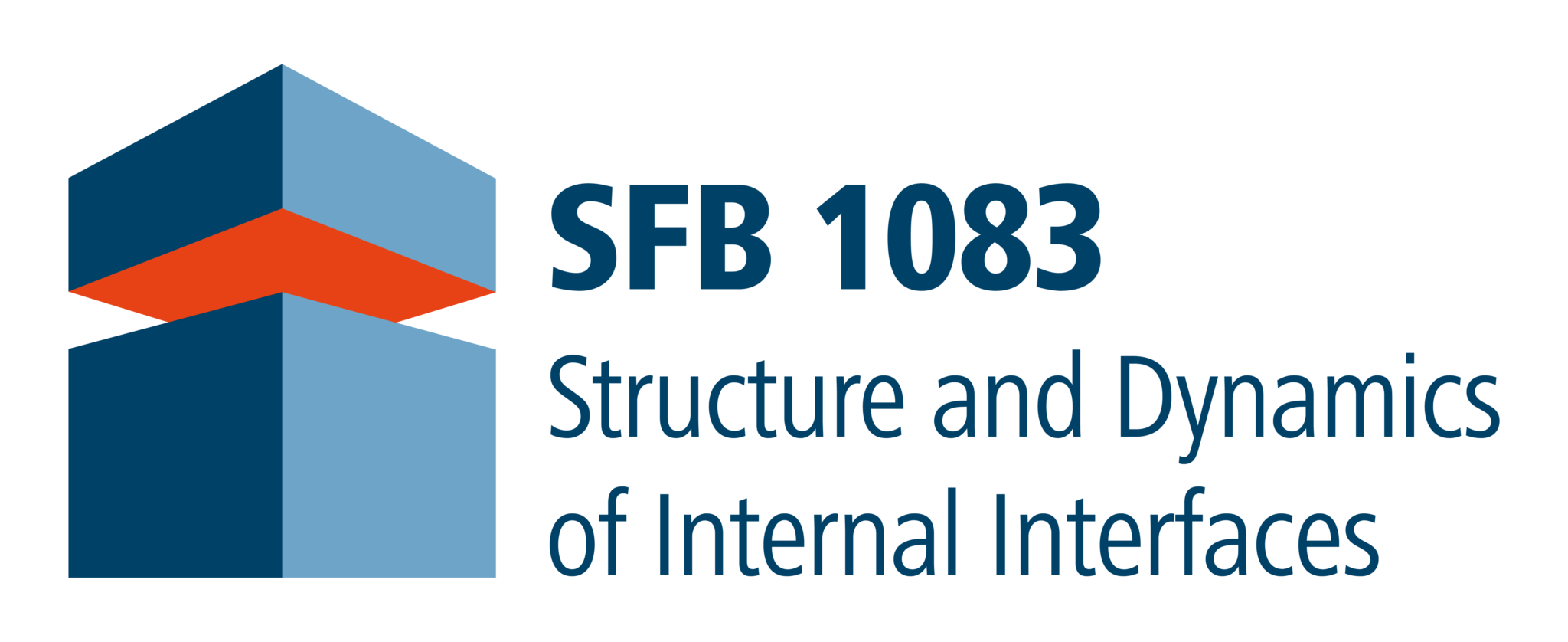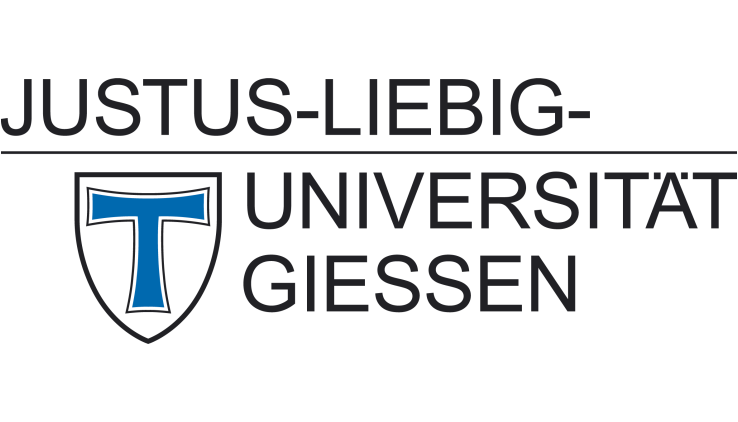Type-II vertical external-cavity surface-emitting laser with Watt level output powers at 1.2 μm
C. Möller, C. Fuchs, C. Berger, A. Ruiz Perez, M. Koch, J. Hader, J.V. Moloney, S.W. Koch, W. Stolz
Applied Physical Letters 108 (2016) 071102
In a closed-loop cooperation of theoretical modelling and detailed experimental realization, novel interface-dominated type-II-W-quantum well heterostructures (QWH) are optimized for both edge- and surface-emitting semiconductor lasers, which are of great interest for telecommunication, optical data transfer and medical applications.
In comparison with type-I-QWH, a type-II-band alignment enables a more flexible band structure engineering in order to reduce intrinsic loss while the emission wavelength can be kept constant. Thus, such type-II-based lasers are promising candidates to surpass conventional type-I-lasers with respect to wavelength versatility and performance in the infrared wavelength regime. For this, their fundamental physical properties including interface characteristics need to be fully evaluated and explored both from the theoretical and experimental point-of-view.

Schematic design of a type-II-W-quantum well heterostructure (QWH) in the (GaIn)As/Ga(AsSb)-based material system for laser applications.

Linear resonator structure of a vertical external-cavity surface-emitting laser (VECSEL).
Detailed modelling of the optical characteristics, including the gain properties, of these type-II-W-QWH is achieved by fully microscopic theory. The resulting complex epitaxial III/V-compound semiconductor layer stack is realized by metal organic vapour phase epitaxy (MOVPE). The finished epitaxial layer stack is then mounted onto diamond heat spreaders and processed into a VECSEL active laser. The principle laser characteristics are analyzed from the laser properties of a simple linear resonator cavity, including an external output mirror. In joining forces three groups from Marburg contributed their expertise in theory, epitaxial realization and specific laser analysis, to iteratively optimize these VECSEL lasers.

Optical output characteristic of a type-II-W-QWH VECSEL as a function of heat sink temperature.
The first successful realization of a VECSEL using this type-II-band alignment concept with optical output powers in the Watt level regime is shown. This success and also the realization of edge-emitting lasers in the 1.2 µm to 1.3 µm range, are the basis for exploration of additional combinations of material systems for longer emission wavelengths at 1.55 µm and beyond.






